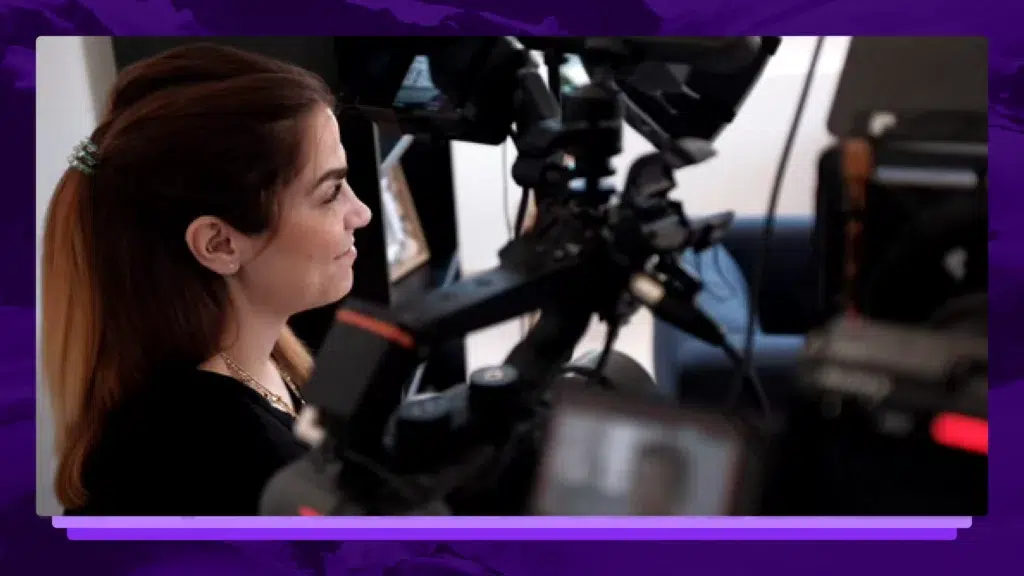5 Proven Tips Every Journalist Needs to Conduct A Successful Interview
If interviewing others is part of what you do, consider making the five journalist techniques for effective interviews a part of your process.

There are many tips on how to conduct better interviews, and everyone tends to have their own set of guidelines depending on their field. Despite different techniques from one professional to the next, five interviewing tips come up again and again. If interviewing others is part of what you do, consider making the five suggestions gathered below a part of your process. Your interview subjects and future-self will thank you.
1. Research the person you’re interviewing ahead of time
There’s no shortage of information on Google, but where do you start? If you know the name of your interviewee, take a look at their LinkedIn profile. From there, you can dig into their background to look for any additional topics that you want to touch on during the interview. If they’ve listed their current company, check out the company website and also visit the about, FAQ page, and blog for good measure. You never know what will spark an idea for a thoughtful interview question. If you email back and forth with your interview subjects beforehand, tools like Clearbit or ContactOut come in handy for filling in the blanks about the person on the other end of those emails.
2. Scope out a solid location for the interview
Ideally, interviews would always take place in a quiet space with unlimited coffee, zero background noise, and no unexpected interruptions. But that’s rarely the case. Rather than obsessing over the perfect location, try to find a spot that’s calm and convenient for both parties. If you avoid one thing, stay away from areas with heavy background noise. Bustling restaurants and busy streets will be a pain to sort through when transcribing your interview later.
If you avoid one thing, stay away from areas with heavy background noise.
For in-person meetings, opt to meet at the other person’s office whenever they offer. Doing so might help you gain valuable context for who that person is. It can also be nice to meet in a neutral location, like a park, library or a local coffee shop. Especially if it’s not a busy hour. If you don’t have the luxury of meeting in person, no problem. Video conferencing platforms like Zoom make it simple to interview another person from a remote location. It even has a trusty built-in recording function. If you decide to video conference, just try to secure a quiet room in your house or book a private conference room at your office where you won’t be interrupted.
3. Write down the questions you plan to ask in advance
An interview starts well before you sit down across the table from the other person. You should always have an idea of what you want to ask before arriving to an interview. Write down 5-10 open-ended questions based on the information you’re looking to uncover and research you’ve done.
You should always have an idea of what you want to ask before arriving to an interview.
You might use Google Docs, Evernote or a good old-fashioned notebook. Just be sure to get your list of questions down somewhere. The list you prepare should help in guiding your conversation, but also be ready to ask follow up questions based on the way your conversation is flowing. Don’t feel obligated to stick to your list of questions 100%. You probably won’t. It’s also good practice to end an interview by asking the interviewee, “Any questions for me? Anything else you would like to add?”. This often uncovers tidbits of information that wouldn’t have otherwise come up.
4. Use a recording device so you can be fully engaged in the conversation
Opt for recording over furiously taking notes whenever you can. You can record on your phone with the do not disturb setting enabled or on a dedicated device. Recording your interviews will not only help you capture more of what the other person is saying, but it will also prompt you to ask better follow up questions.
Recording your interviews will not only help you capture more of what the other person is saying, but it will also prompt you to ask better follow up questions.
You’ll be less focused on getting an exact quote, and more focused on what the other person has to say. Ask the interviewee if it’s okay to record, and with their permission set your recorder in a place where it can capture your conversation in full.
Download Rev Voice Recorder App
5. Transcribe your recording to make sure you don’t miss anything
When you give yourself time to step away and then revisit your interview, it’s funny how little things stand out that you might not have noticed before. After an interview, review a transcript of your conversation to find the best information and quotes for your project. You might even discover some ideas for follow-up questions or additional stories. Transcription is a tedious process, but it’s necessary if you’re serious about getting the most value out of your interviews.
Transcription is a tedious process, but it’s necessary if you’re serious about getting the most value out of your interviews.
Depending on your time and budget constraints, you might decide to transcribe the interview yourself, use an automatic speech to text service, or hire a professional to do it for you.











.webp)



